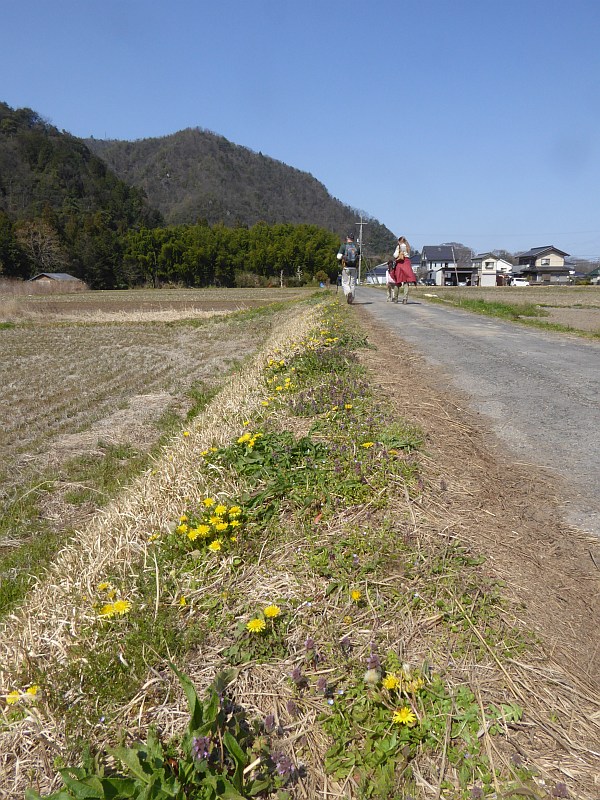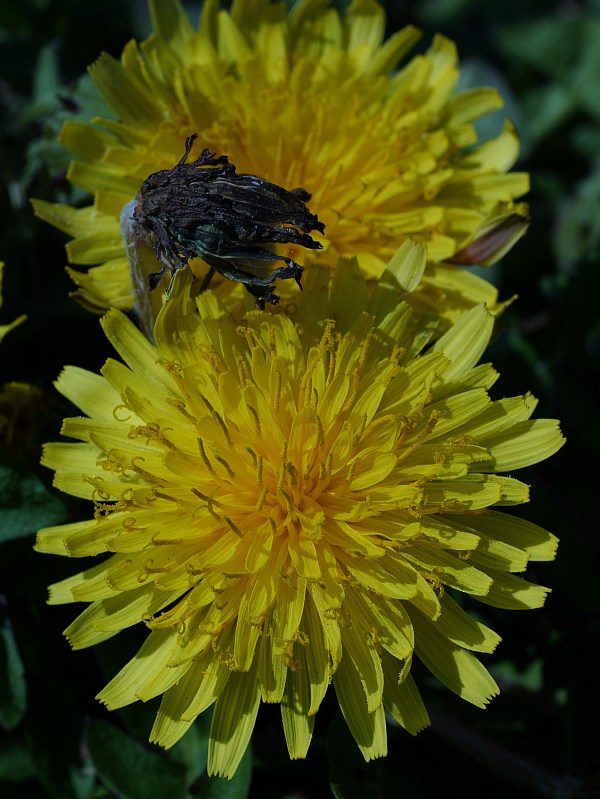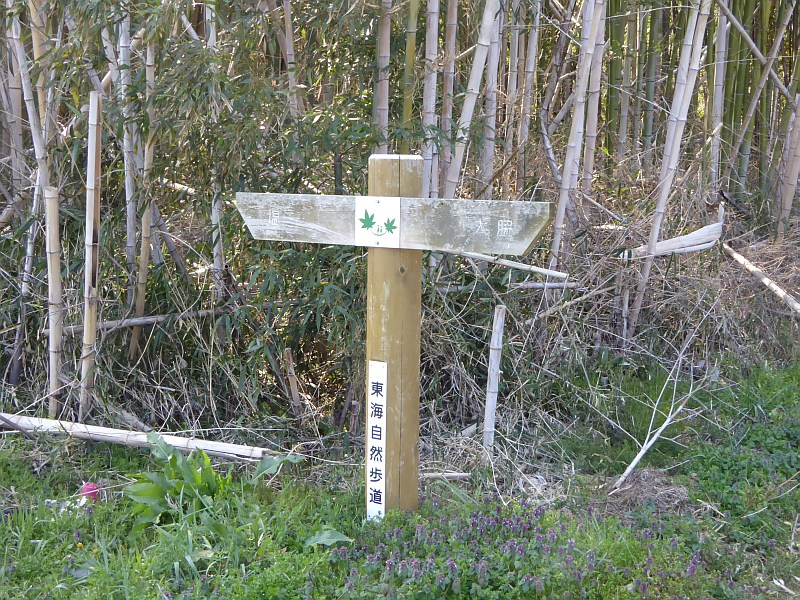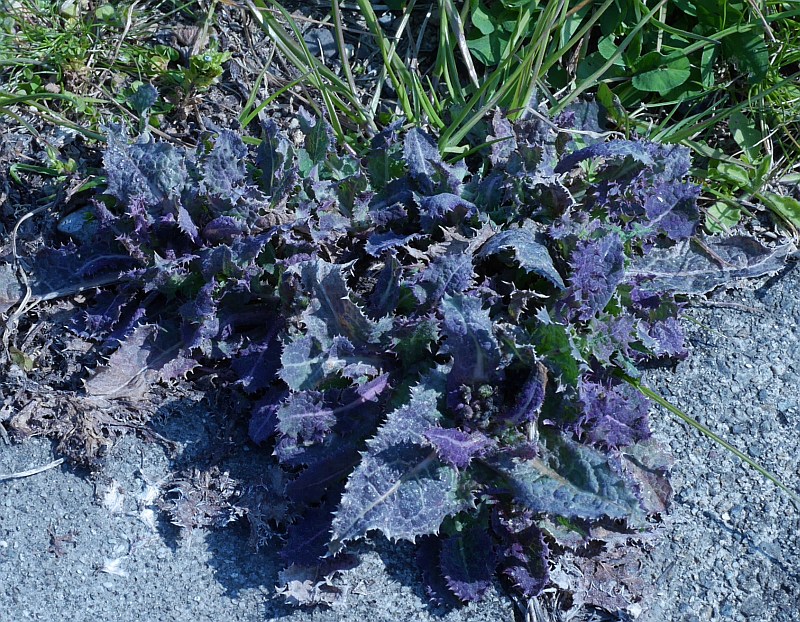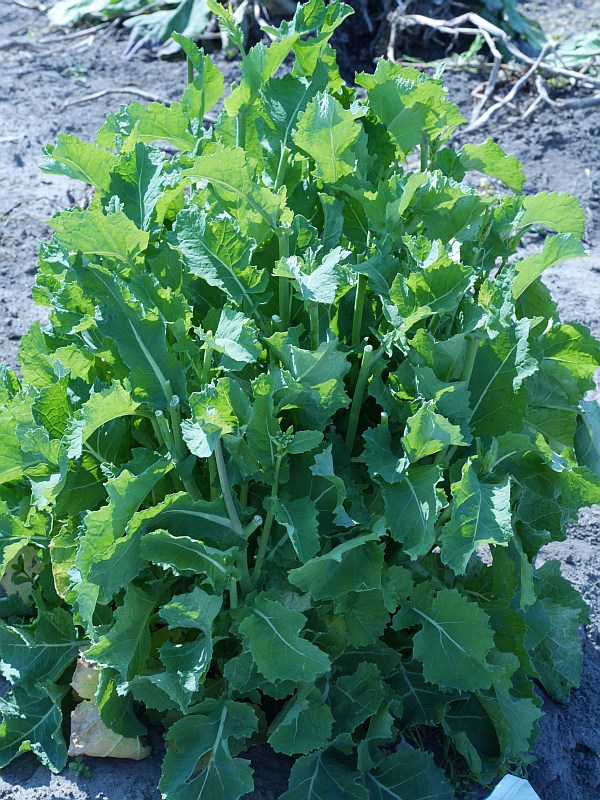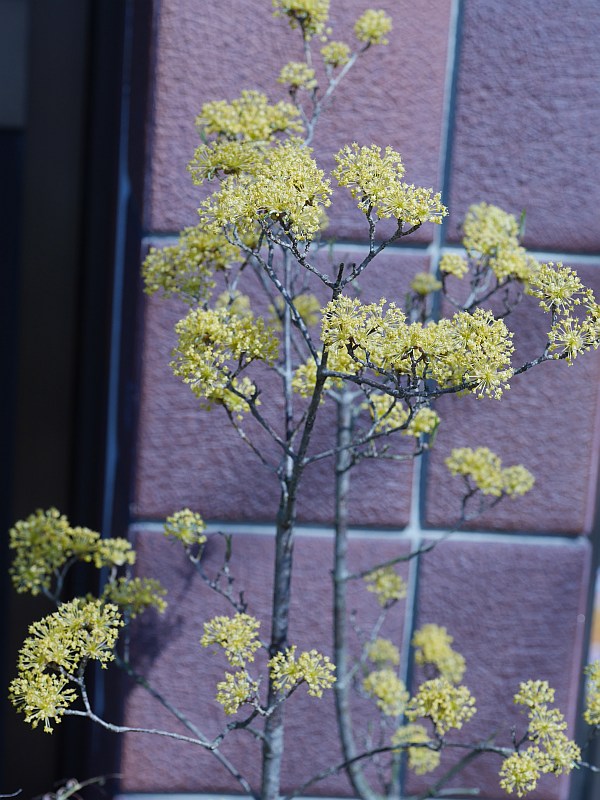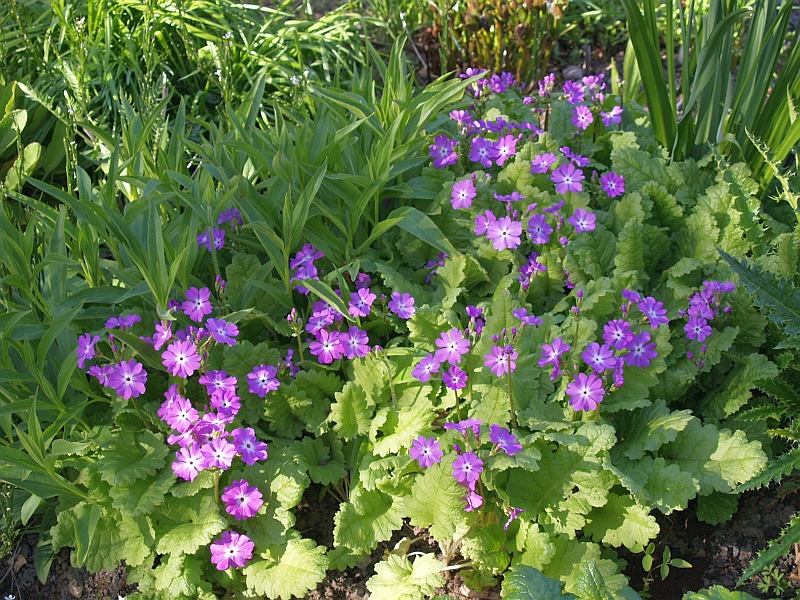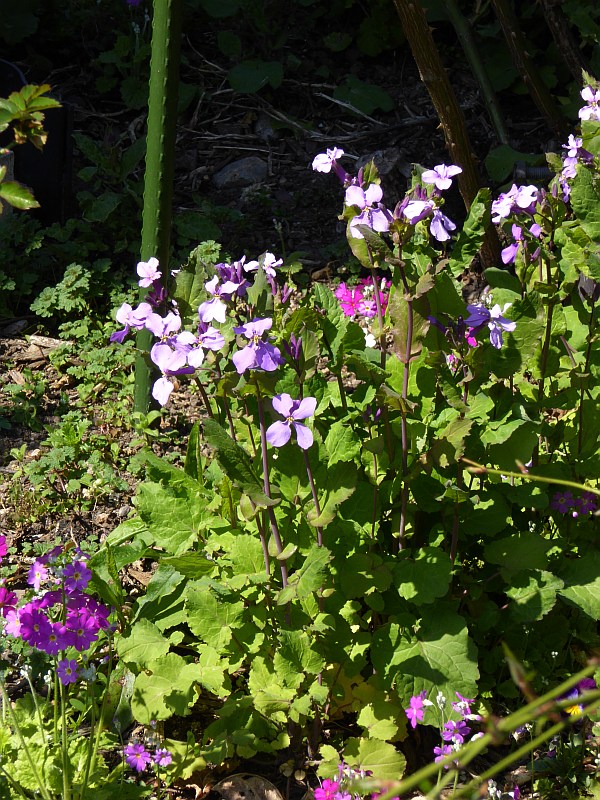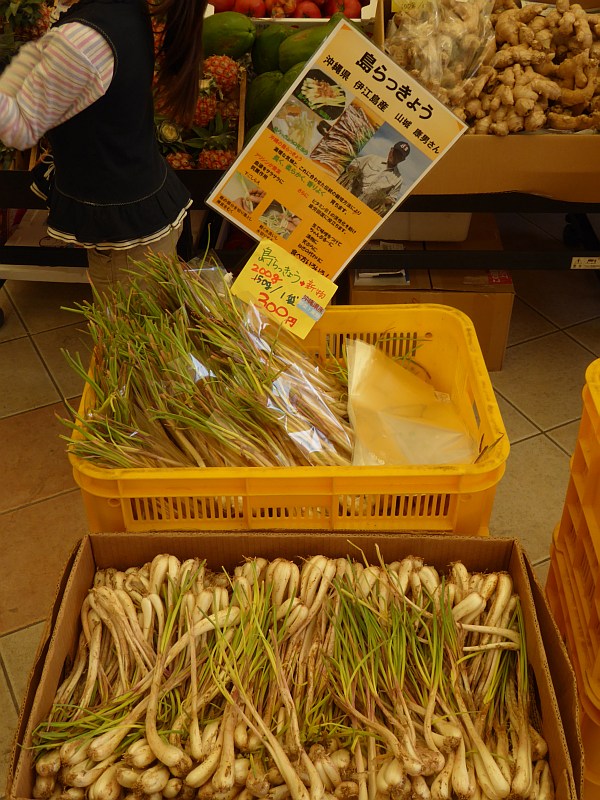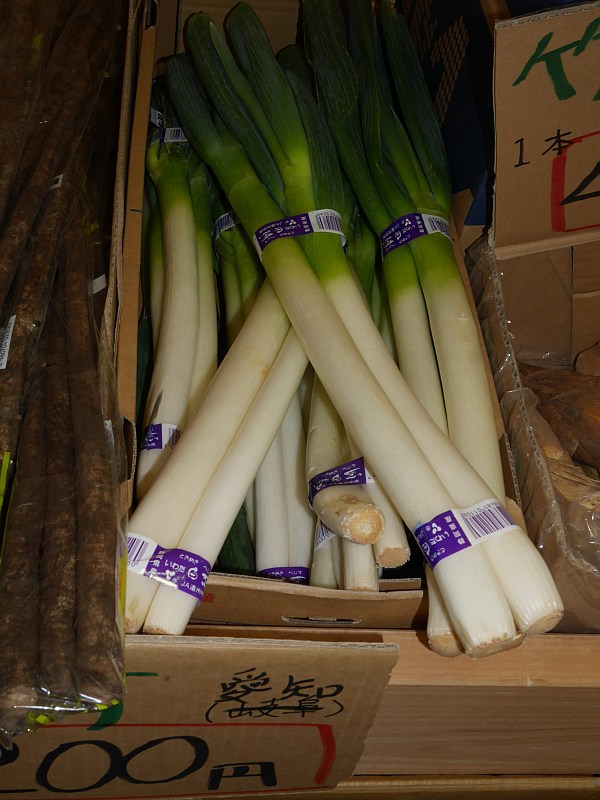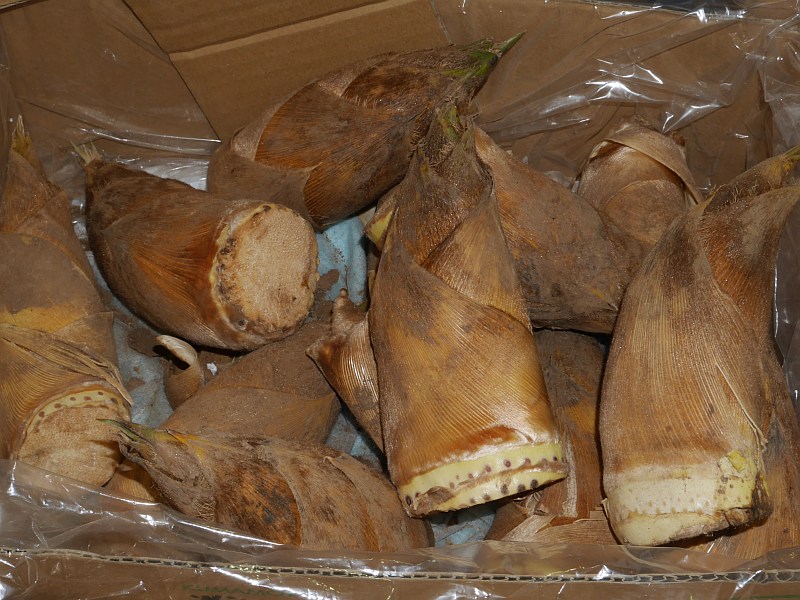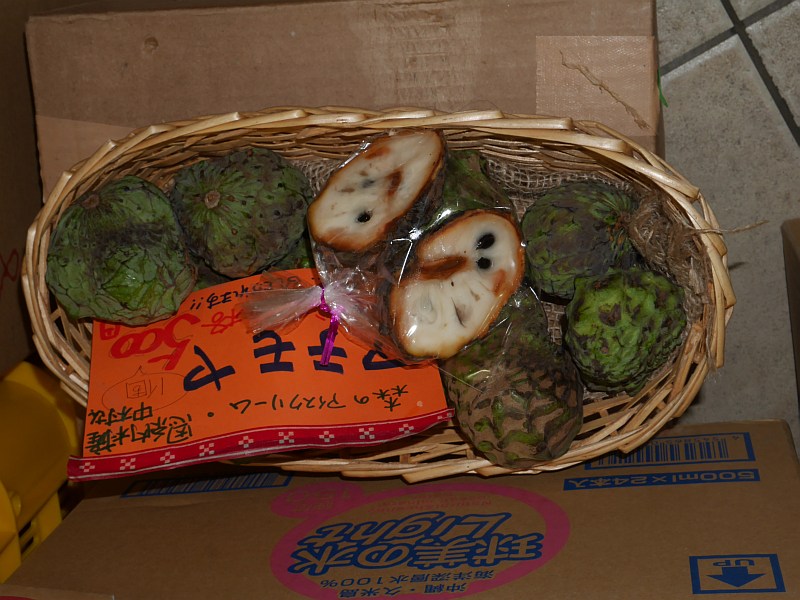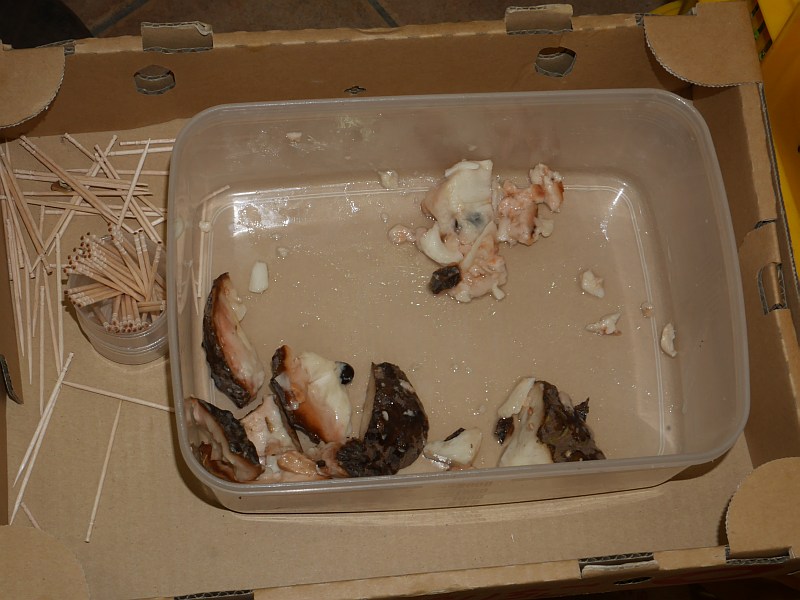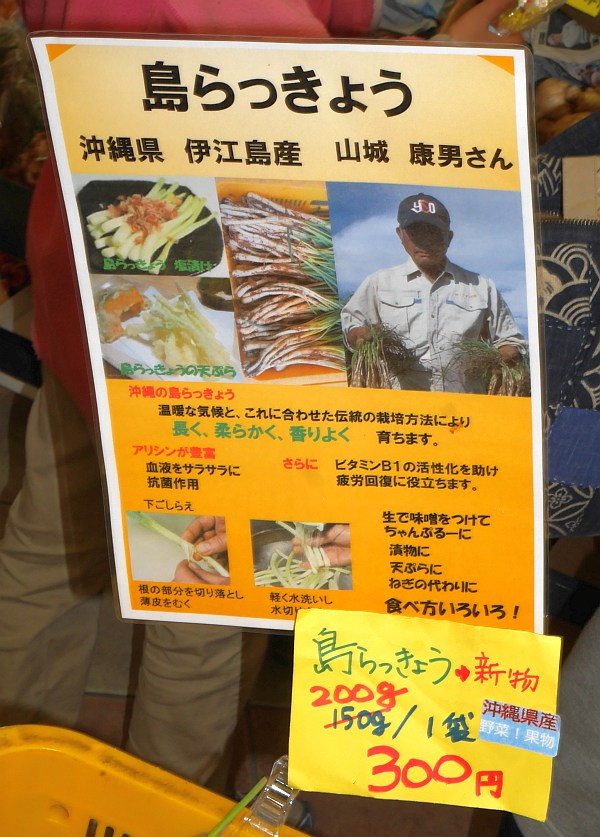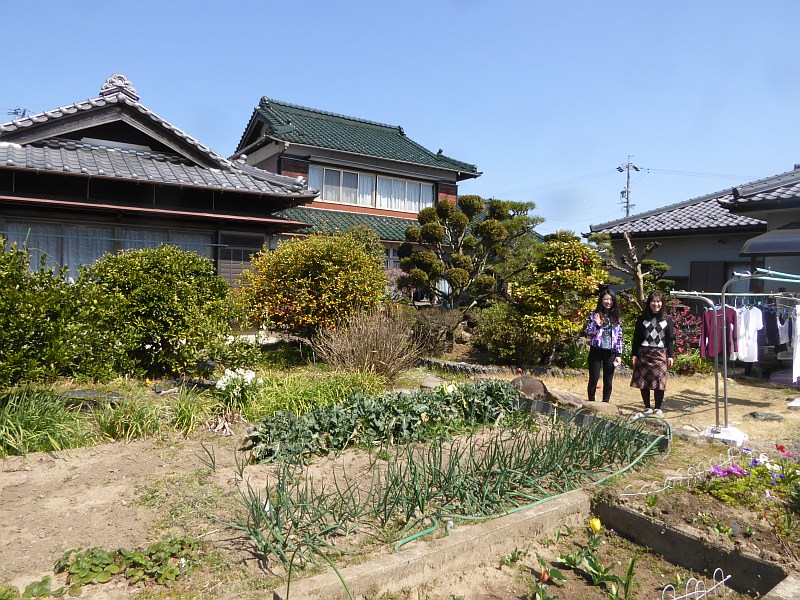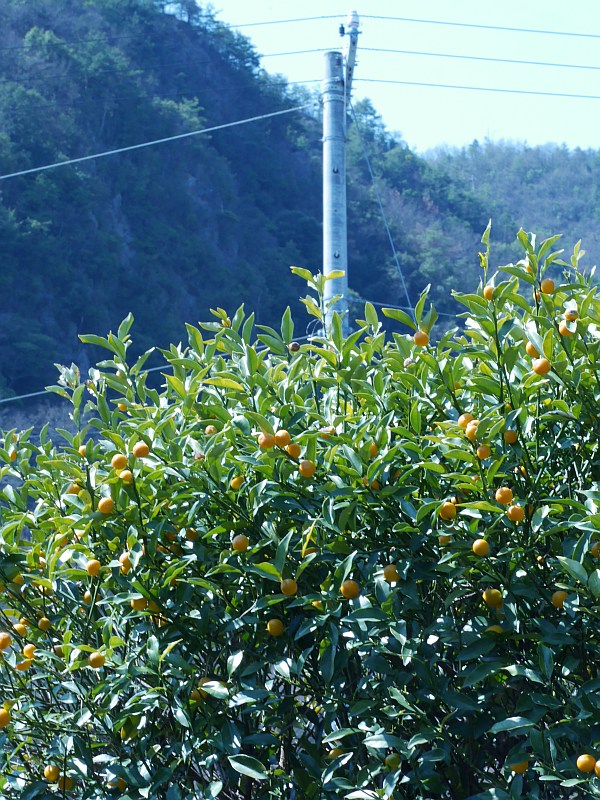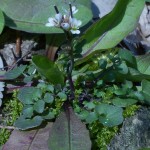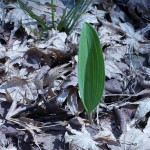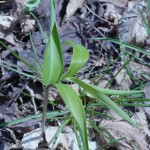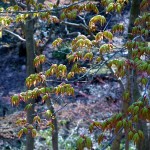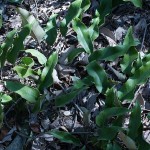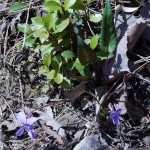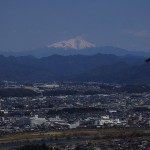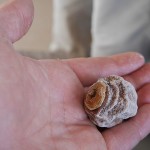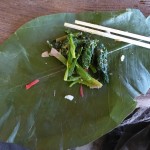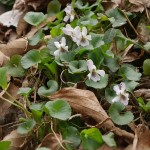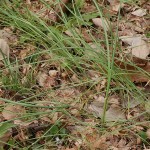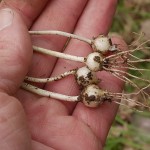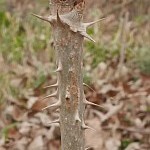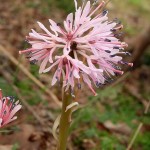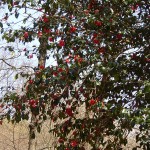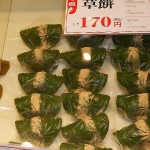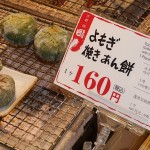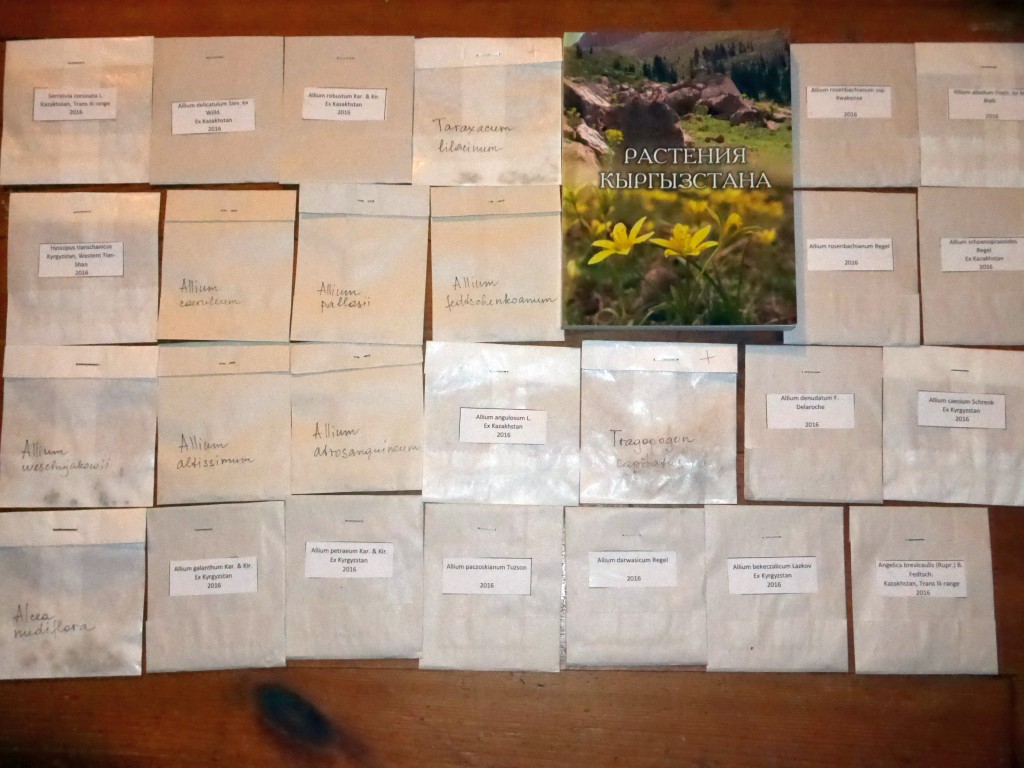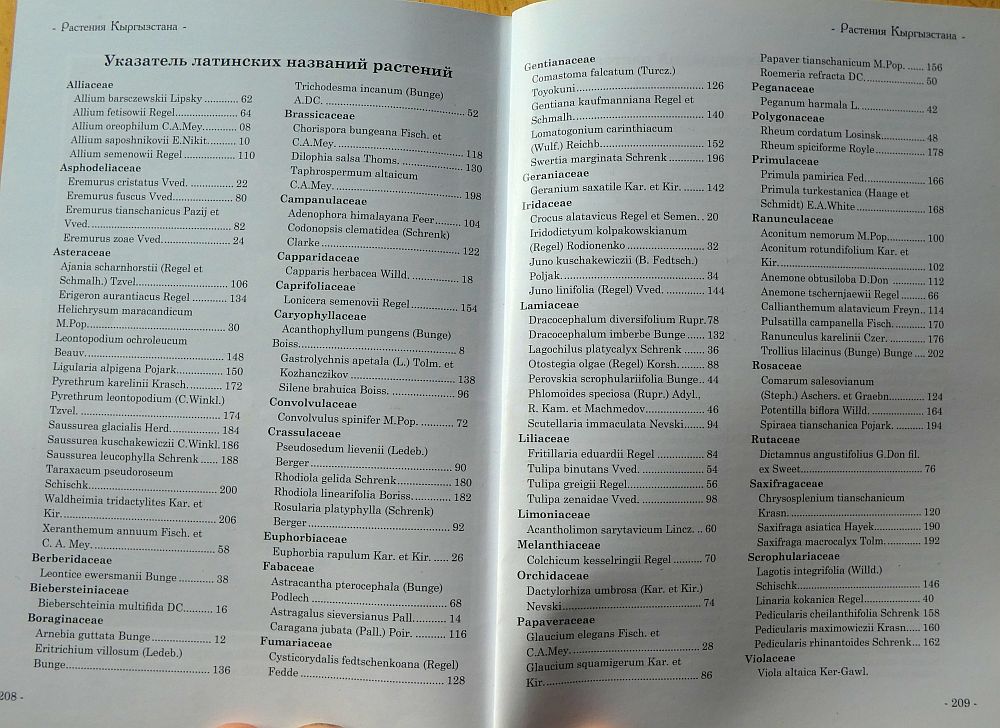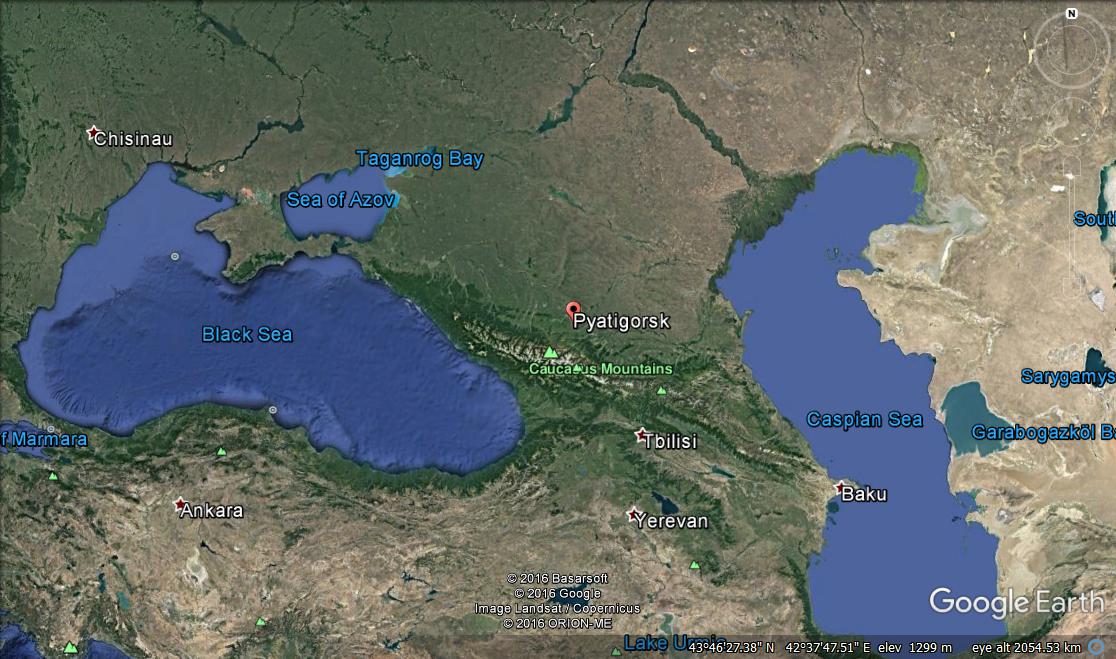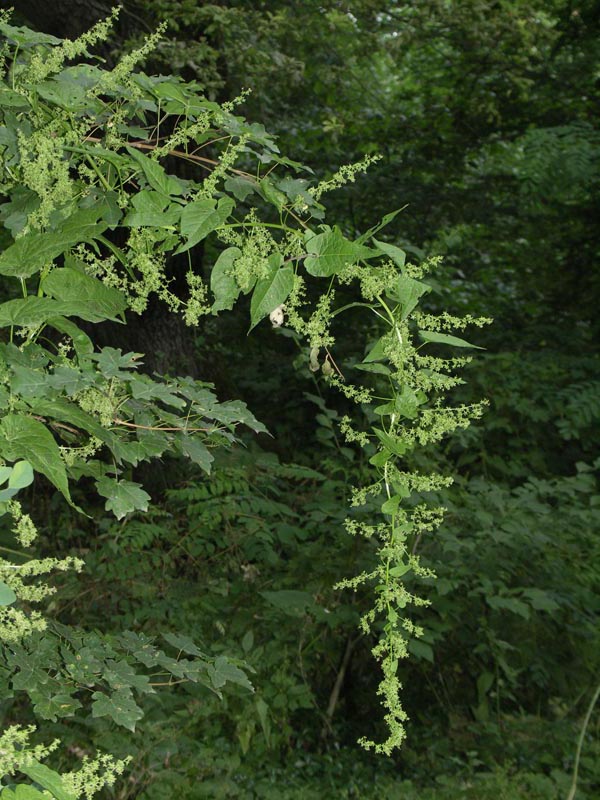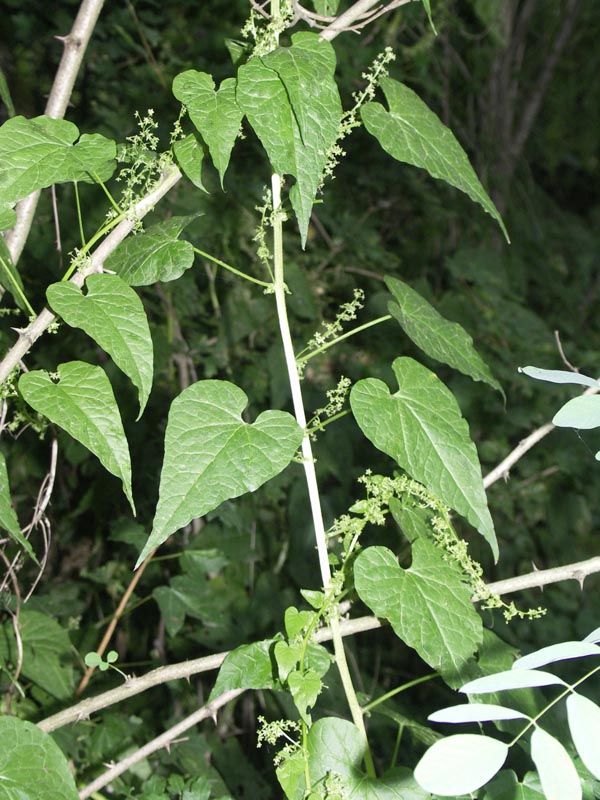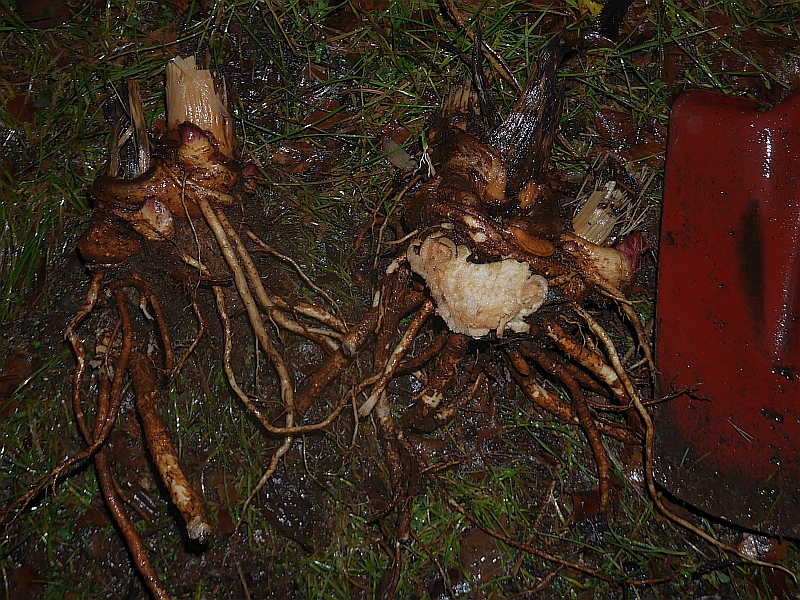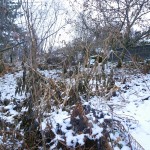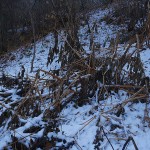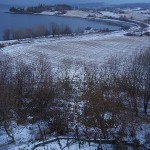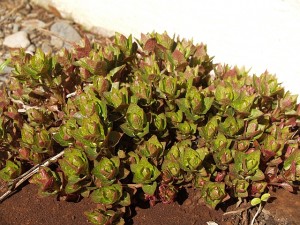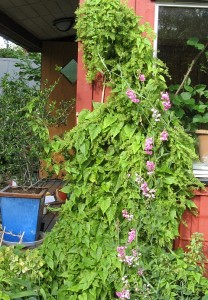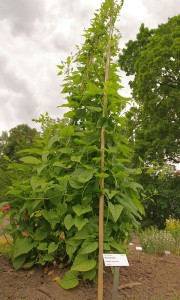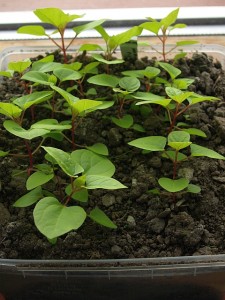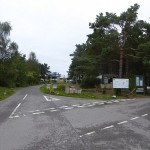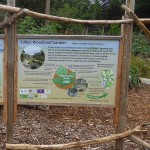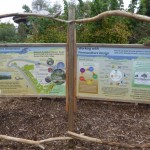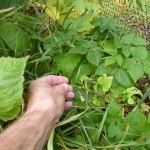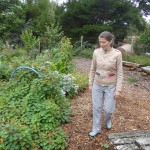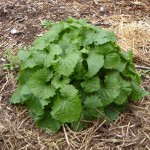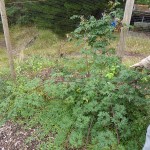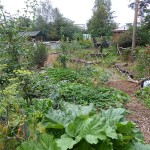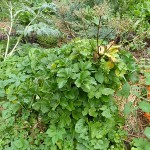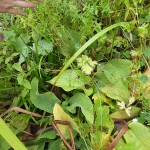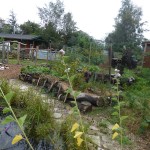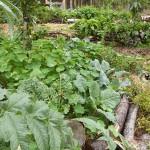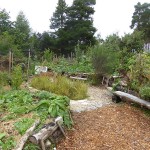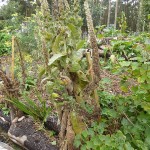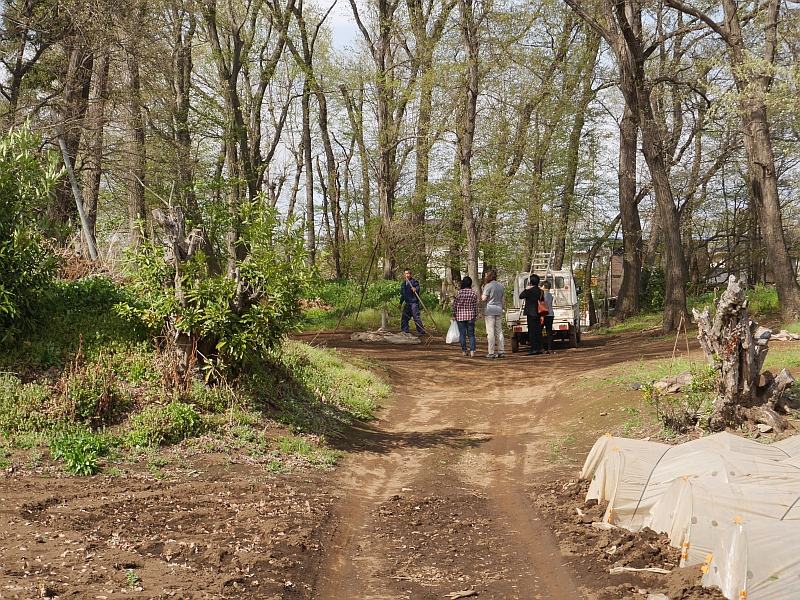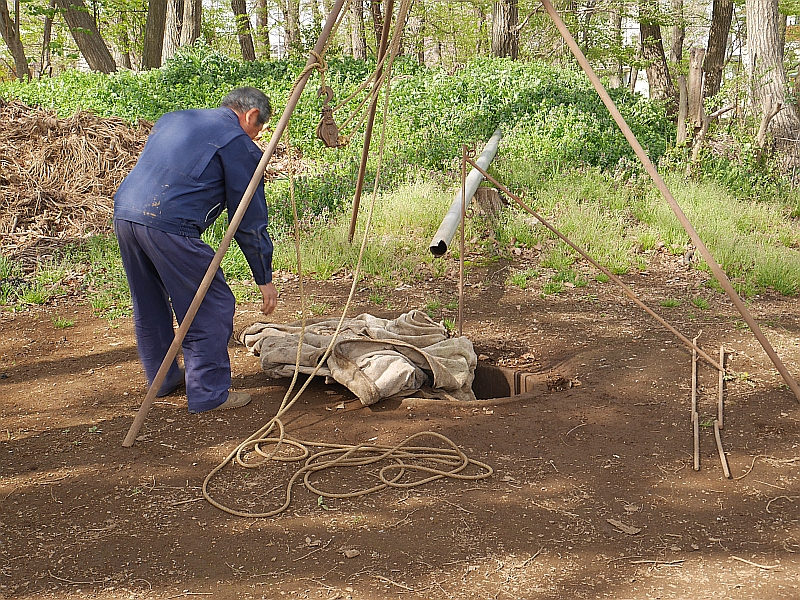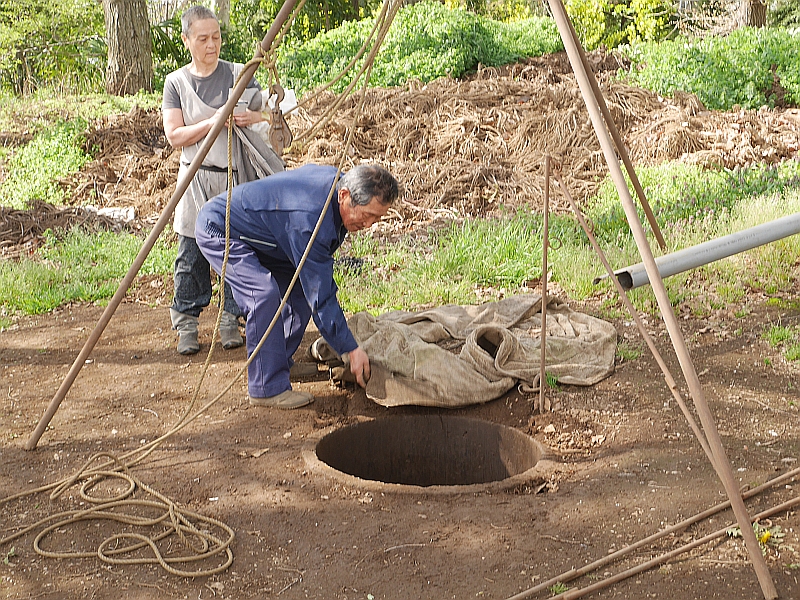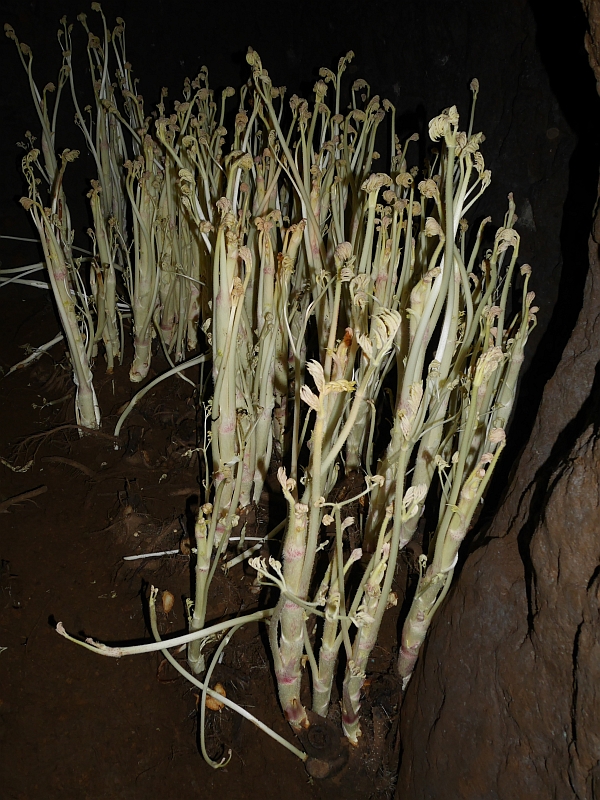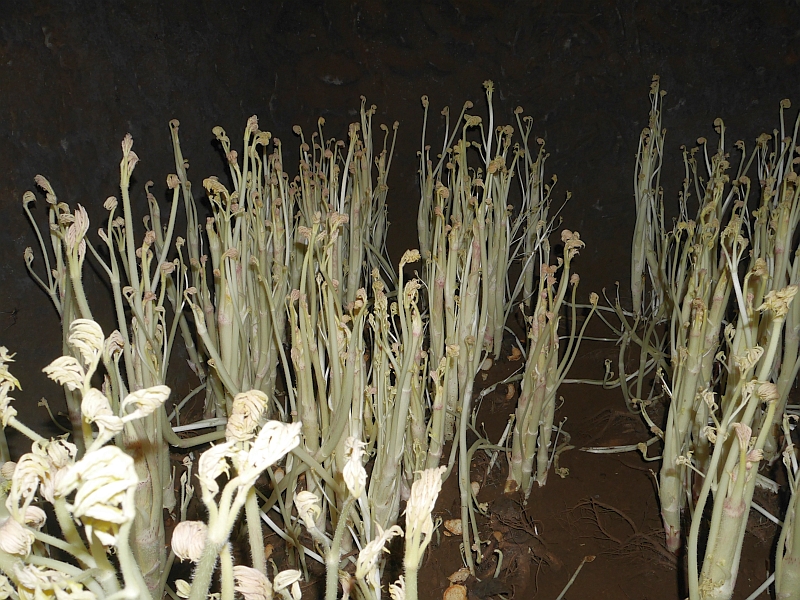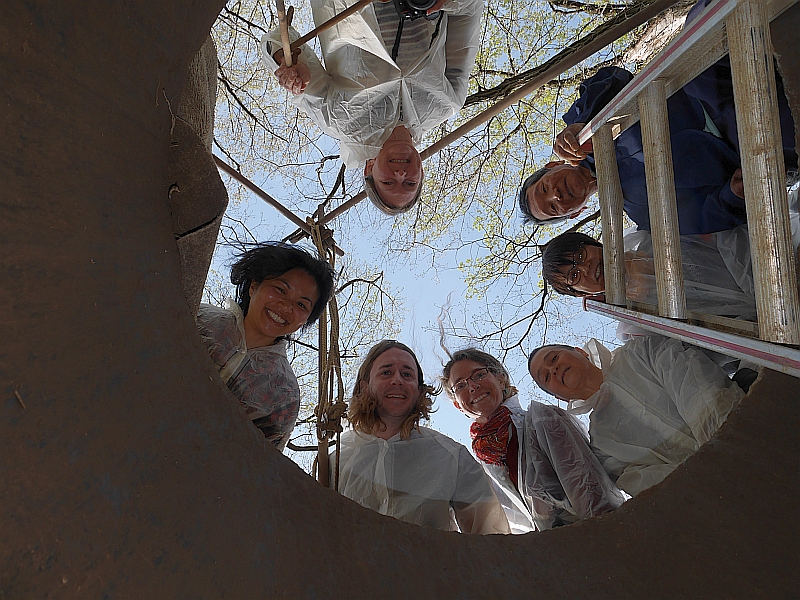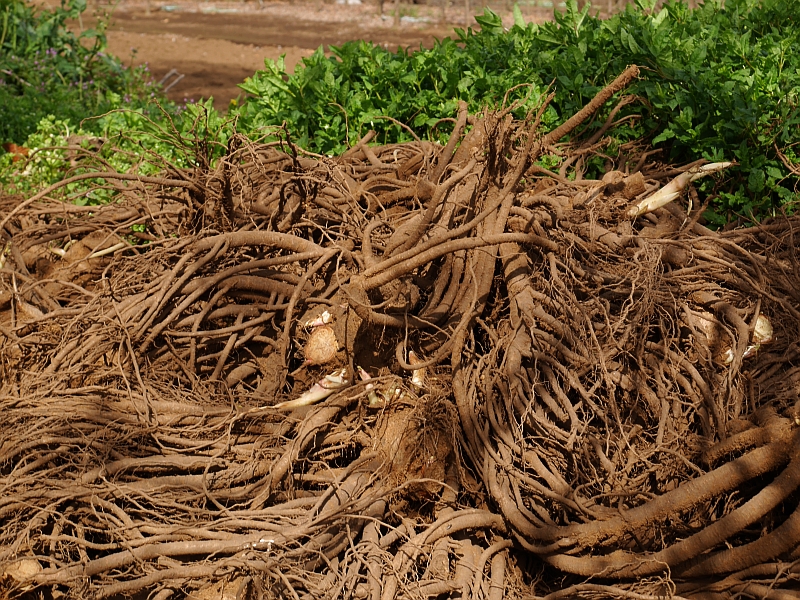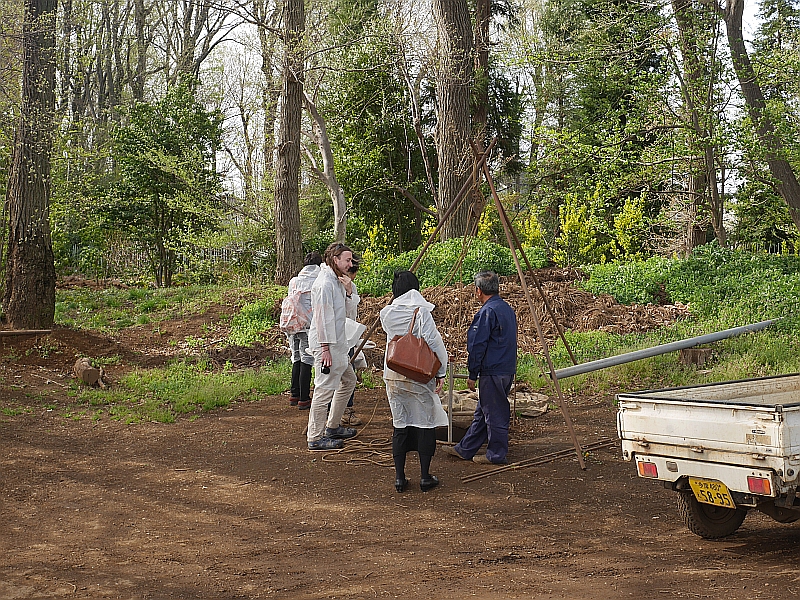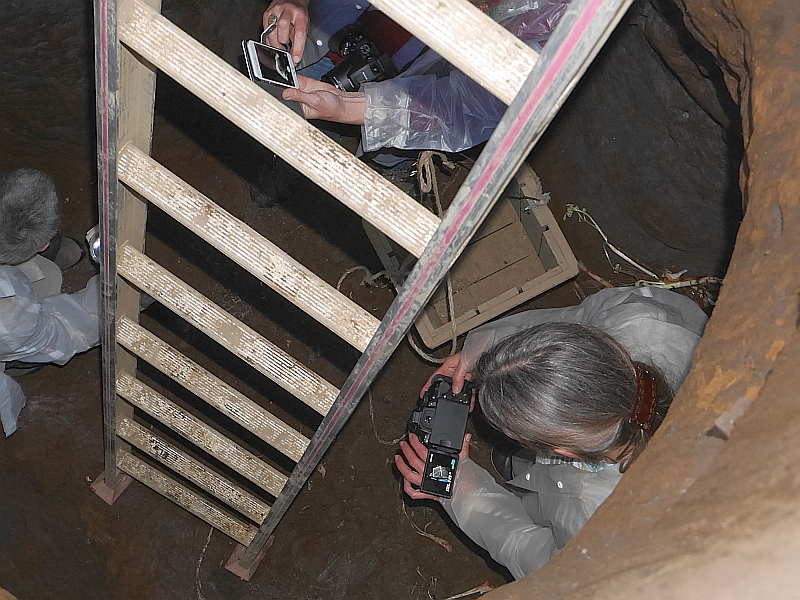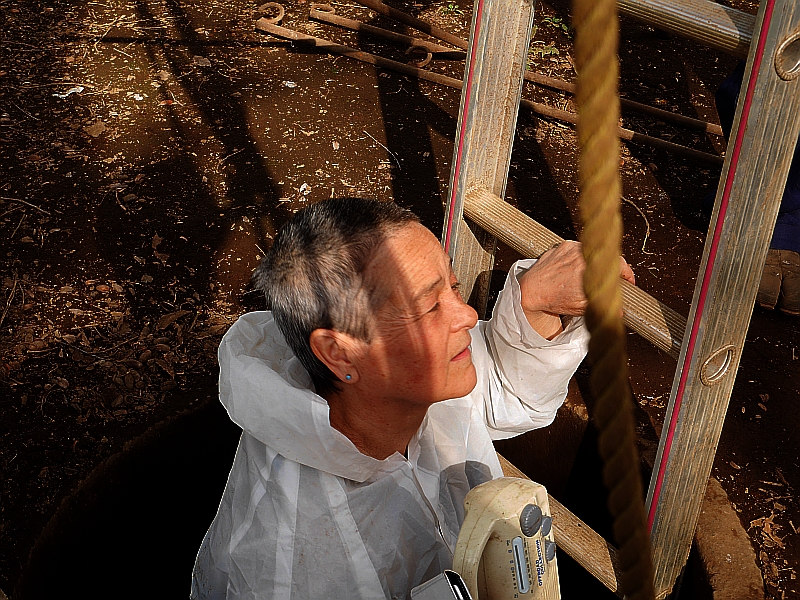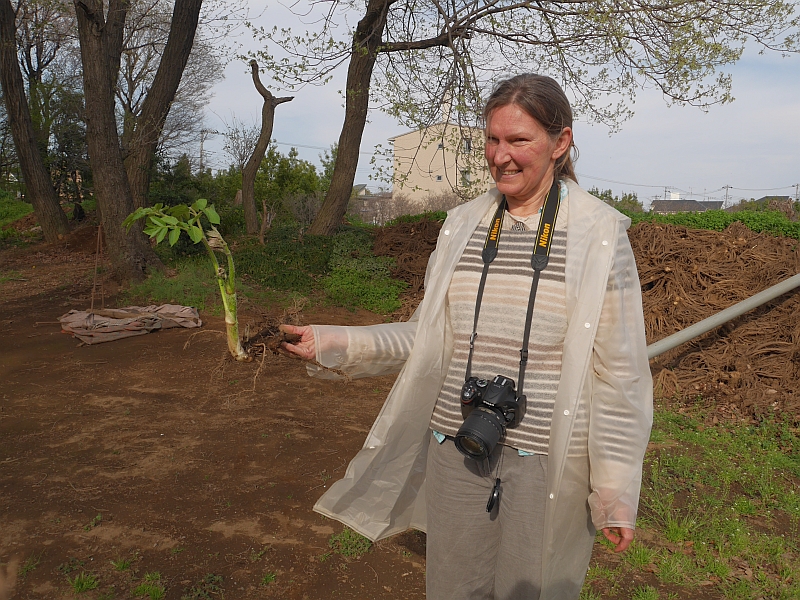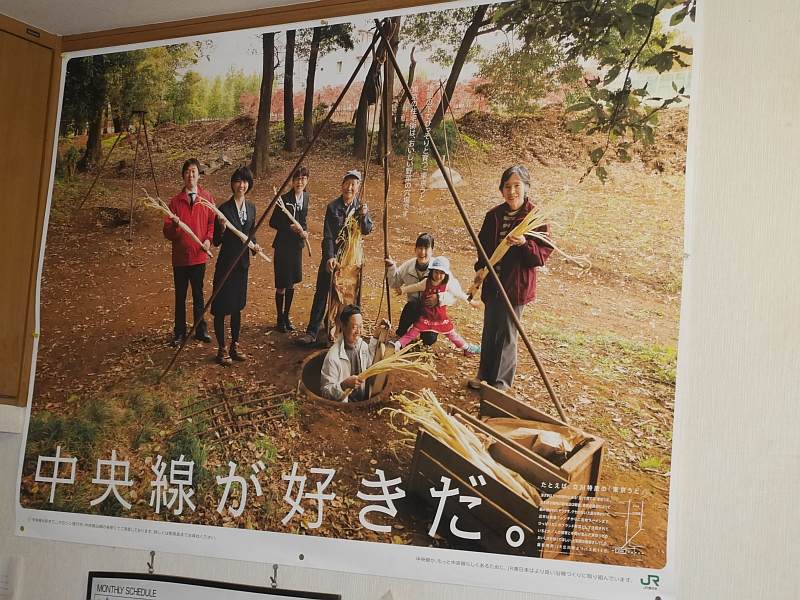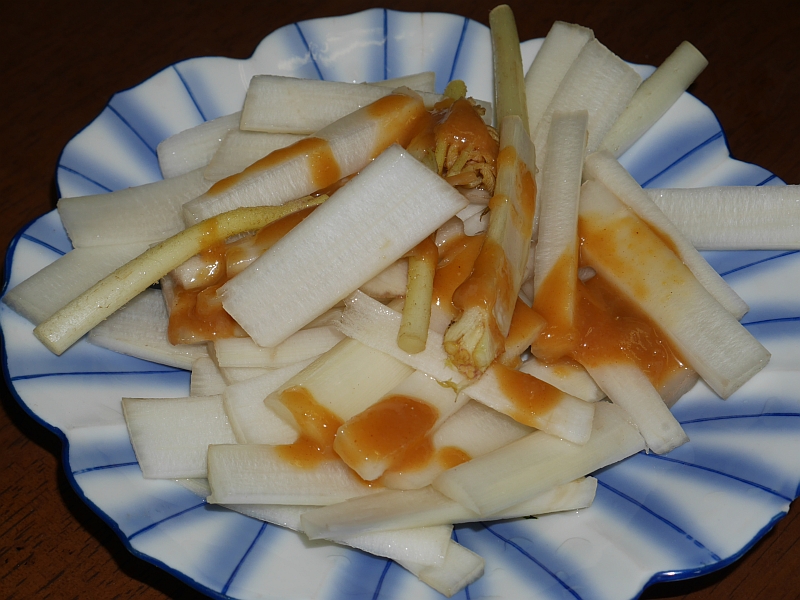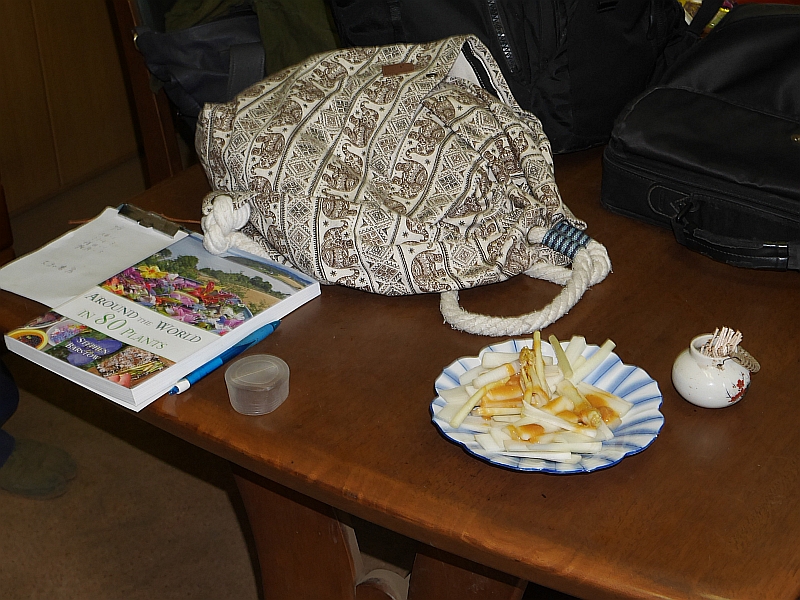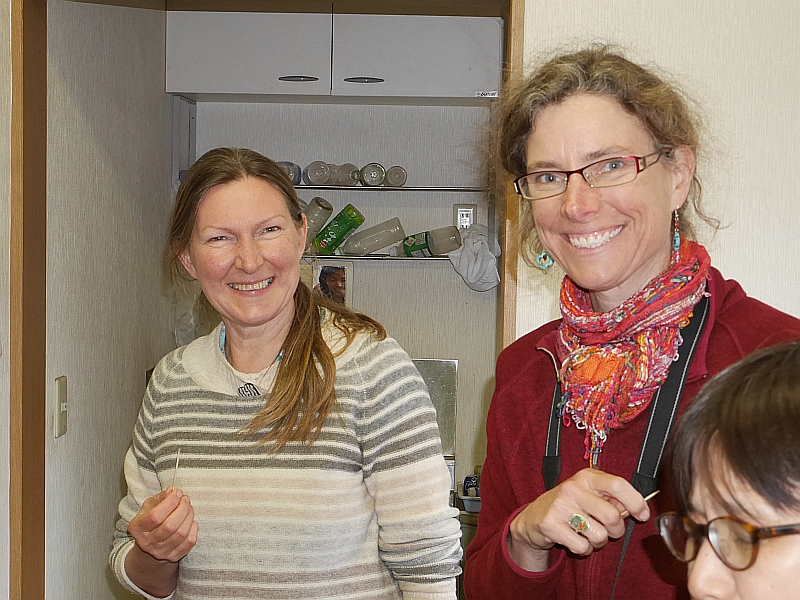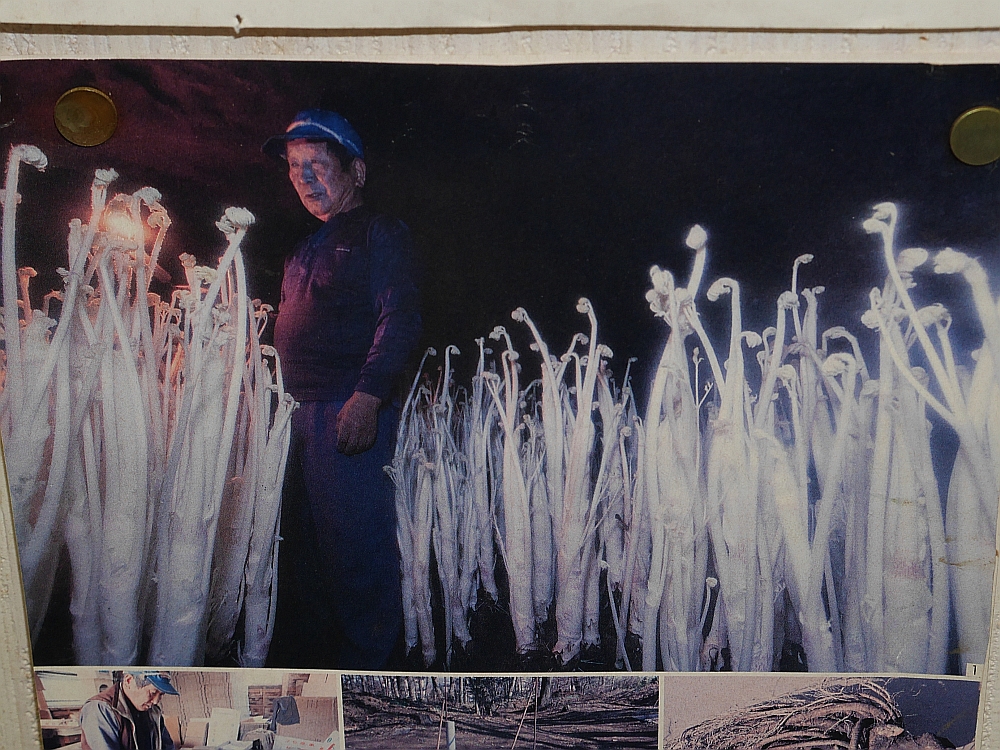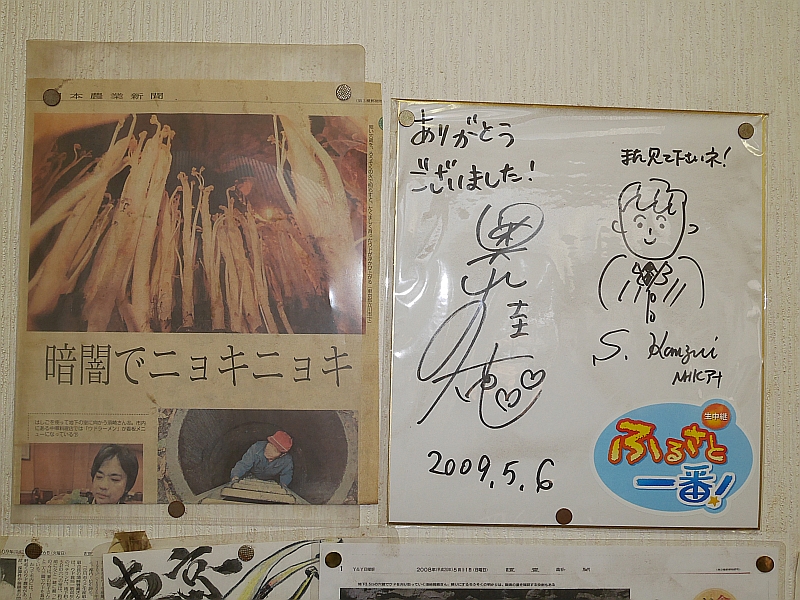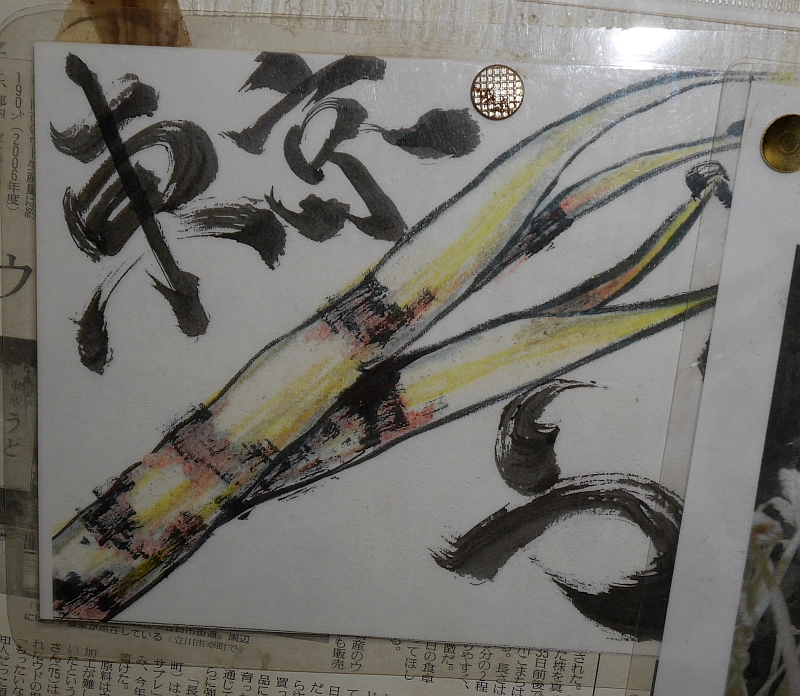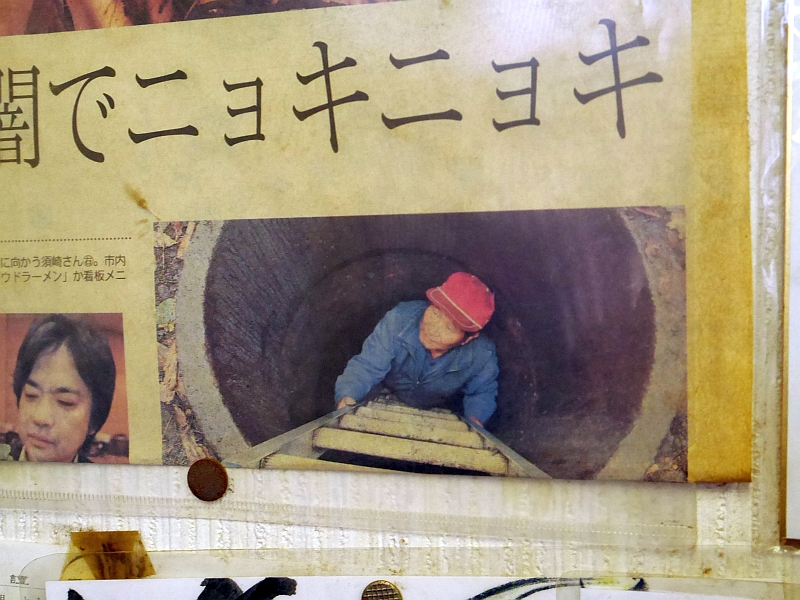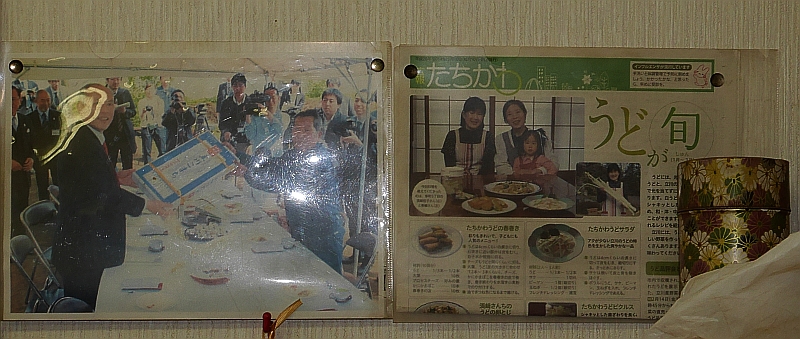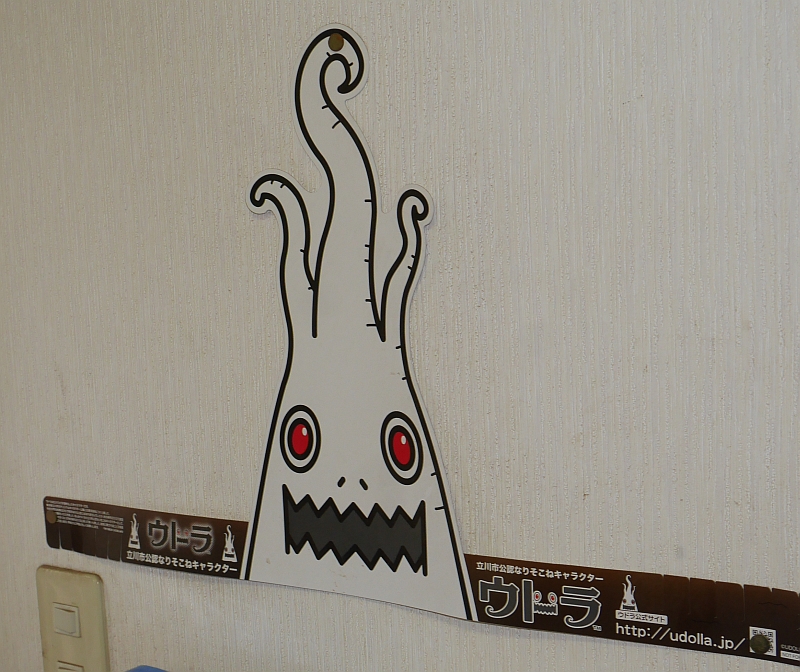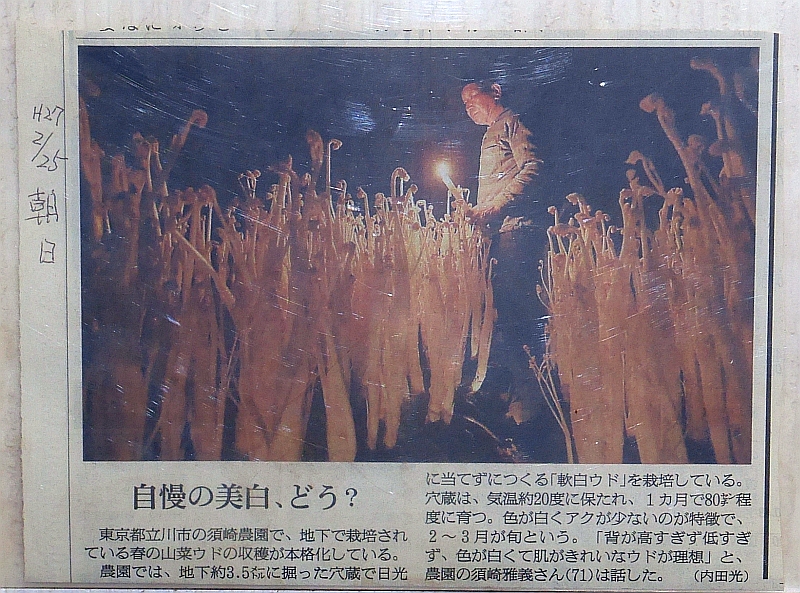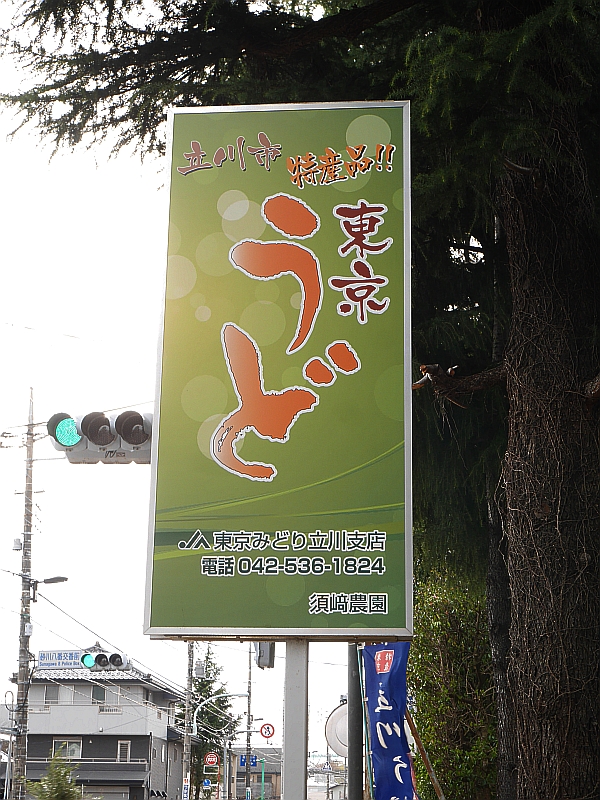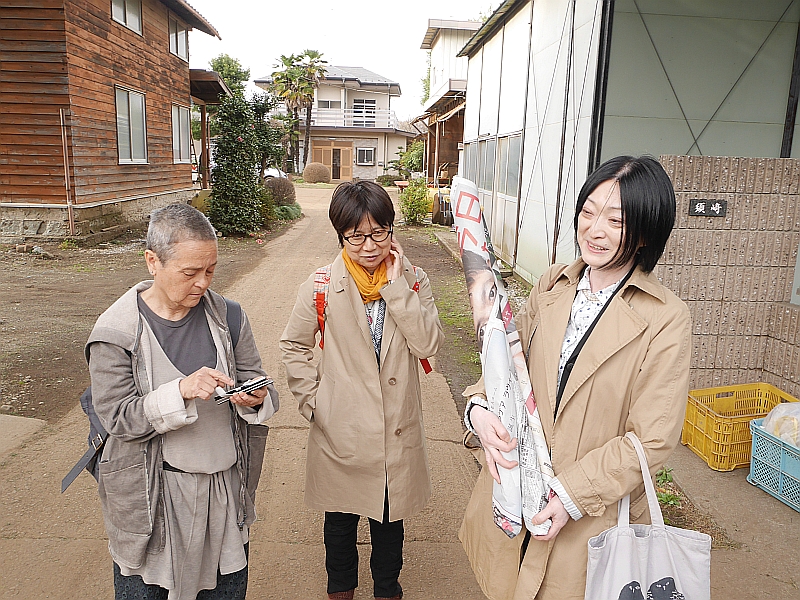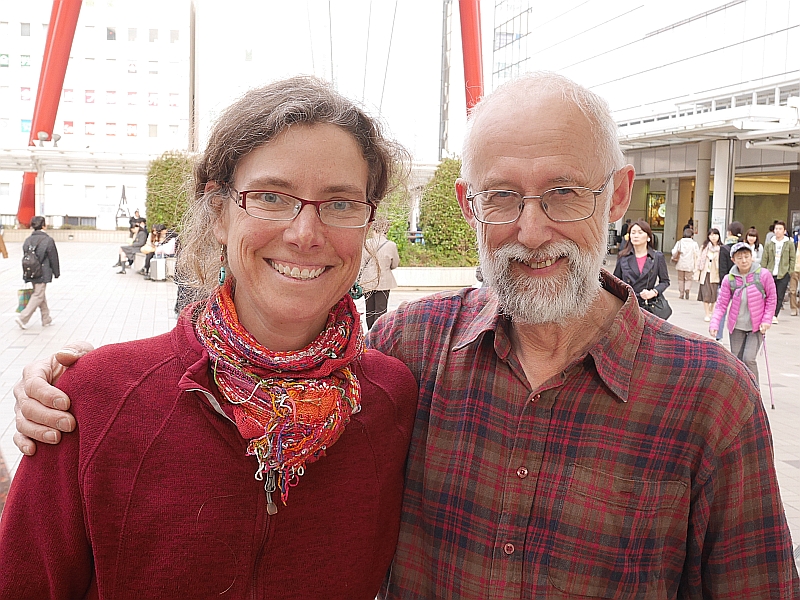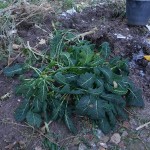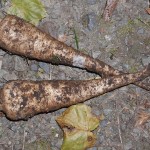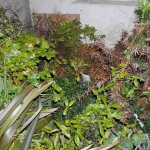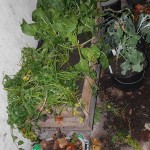 My trip to Japan in early spring 2016 was perfectly timed to witness one of the wonders of the Japanese spring, the mass flowering of katakuri (Erythronium japonicum; Japanese: 片栗), a pink-flowered species trout lily or dog’s tooth violet. Thanks to Kevin Cameron for inviting us along on a hike with a local walking club out of Nagoya! The bulbs were in the past used as a source of starch, the leaves and flowers also being eaten (but shouldn’t be wild harvested nowadays as some sources consider it as endangered). I’ve never seen so many people out flower watching, so many cameras trained at the flowers…a bit like twitchers watching some rare bird….we could call them flitters perhaps!
My trip to Japan in early spring 2016 was perfectly timed to witness one of the wonders of the Japanese spring, the mass flowering of katakuri (Erythronium japonicum; Japanese: 片栗), a pink-flowered species trout lily or dog’s tooth violet. Thanks to Kevin Cameron for inviting us along on a hike with a local walking club out of Nagoya! The bulbs were in the past used as a source of starch, the leaves and flowers also being eaten (but shouldn’t be wild harvested nowadays as some sources consider it as endangered). I’ve never seen so many people out flower watching, so many cameras trained at the flowers…a bit like twitchers watching some rare bird….we could call them flitters perhaps!
We took the train from Nagoya to Kanigawa station in Kani city on the edge of Nagoya’s urban sprawl, then walked to Yunohana hot springs spa and market on the river, popped in to one of the walking group’s friend’s house for tea, snack and a garden wander before walking to the katakuri area in a nature reserve area. Finally, we followed a trail up on to the hill where there was a distant view of Japan’s second highest volcano Mt. Ontake. We followed Kevin and daughter back to the spa for a hot bath, while the rest of the group carried on the trail to take the train back from a different station.
I’ve had a katakuri in my garden for several years but it doesn’t get much larger and seems to be self-sterile (pictures of my plants can be seen in the gallery on this page: http://www.edimentals.com/blog/?p=9442
First a gallery of pictures of the katakuri woods followed by 4 videos! This is followed by two more galleries of pictures from this wonderful day! Enjoy…
..and now 4 videos of the katakuri area:
Next, an album of pictures taken on the way from the station to the market and spa and lunch at a Japanese house.
…and finally a gallery of pictures of other plants including a number of edibles on the walk up to the viewpoint with the walking group!

















